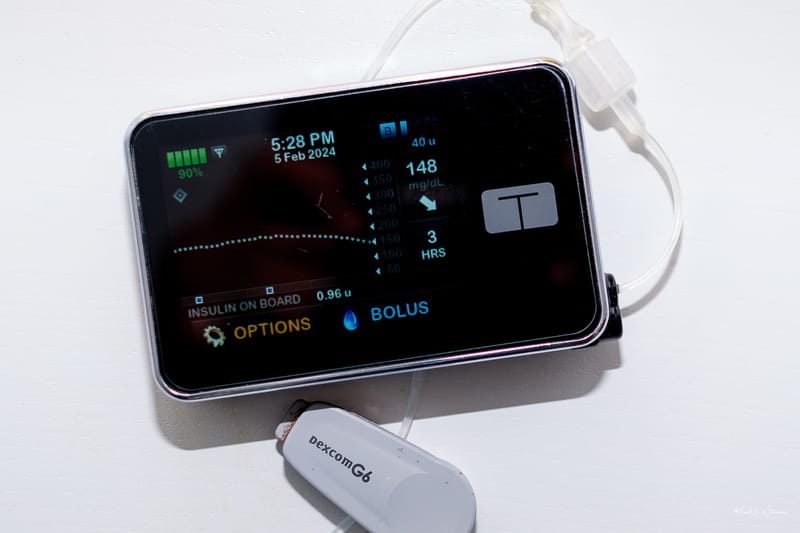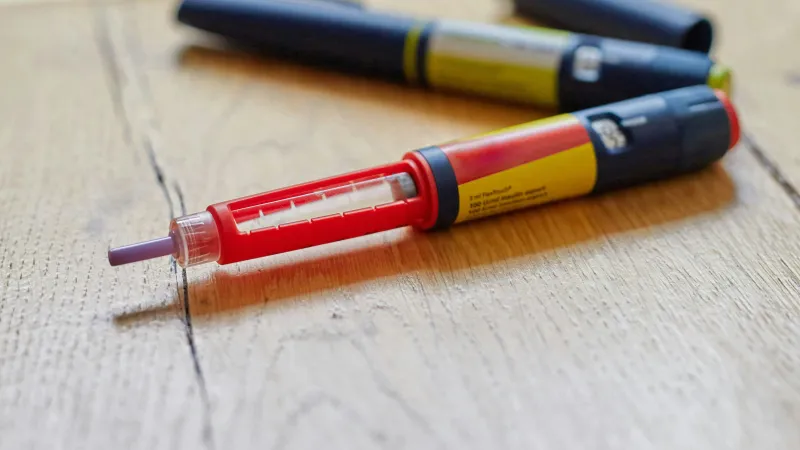In January of this year, I found myself in the hospital battling my second diabetic ketoacidosis (DKA) episode. It was a wake-up call, a stark reminder of how crucial good blood glucose management is for my health. But from that difficult experience came something positive, a renewed commitment to understanding how insulin works and how to use it more effectively.
The Turning Point
Before my hospital stay, I was relying heavily on Fiasp 'ultra-rapid' insulin, often correcting highs and dealing with unpredictable swings in my blood sugar levels. I knew insulin was essential, but I didn’t fully grasp the nuances of how it worked in my body, how timing, carb intake, and insulin sensitivity all played a role.
Being in the hospital forced me to reset. I had to rebuild my approach to diabetes management, and I started by educating myself more deeply about insulin action, absorption, and how different factors affect blood glucose.
Understanding Insulin: The Game Changer
One of the biggest changes I made was learning to use insulin more efficiently. Here’s what I’ve done differently:
- Morning Basal Dose: Previously, I had been taking long-acting Toujeo insulin at night, but I switched to administering it in the morning when I wake up. This shift has provided me with more stable blood sugar levels throughout the day, reducing unexpected highs and lows. It has also made it easier to assess how well my basal dose is working since I can observe its effects during waking hours rather than overnight when other variables like the dawn phenomenon can complicate things.
- Timing My Insulin Better: Instead of reacting to highs, I now pre-bolus more often for meals when needed, giving my insulin time to work. I’ve also learned that sometimes a well-timed bolus or basal adjustment prevents spikes rather than chasing them after the fact.
- Reducing Unnecessary Corrections: I used to stack insulin doses out of frustration (rage-bolusing), often leading to lows that required extra carbs, and then another spike. Now, I trust the insulin I take and give it time to work before making additional corrections.
- Understanding Insulin Sensitivity: I’ve started tracking when I’m more insulin-sensitive (like in the morning or after exercise) and adjusting my doses accordingly. This has helped me avoid overcompensating with insulin.
- Making Small Lifestyle Tweaks: I’ve fine-tuned my eating habits and activity levels to better support my blood sugar stability, which means I don’t always need as much insulin to keep things steady.
The Results: Less Insulin, Better Control
By reinforcing this understanding, I’ve dramatically reduced the amount of Fiasp I use daily. Not only am I using less insulin, but my blood sugars have been more stable, with fewer highs and fewer crashes. The constant rollercoaster I was on before has levelled out a bit, and I feel more in control.
Moving Forward
This journey has reinforced an important lesson: knowledge is power. Understanding my insulin needs has given me the confidence to manage my diabetes more effectively, and I know that ongoing learning will continue to improve my control.
If you’re struggling with blood sugar swings or insulin overuse, I encourage you to take a step back and evaluate how insulin works for you. Small changes can make a big difference, and sometimes, less really is more when it comes to insulin.
Have you made changes that improved your diabetes management? I’d love to hear your experiences in the member discussion below!




